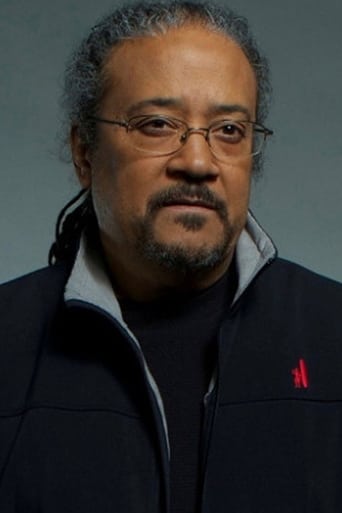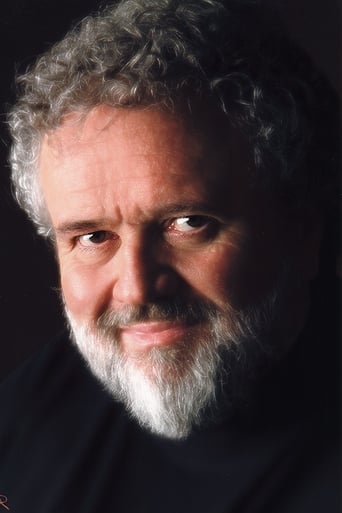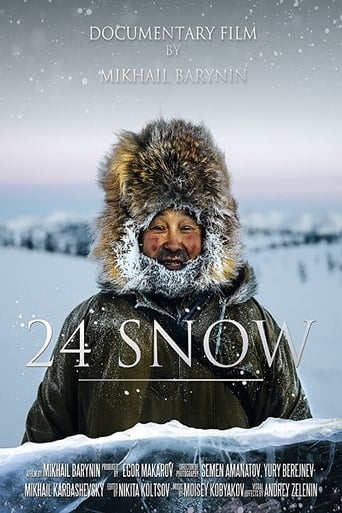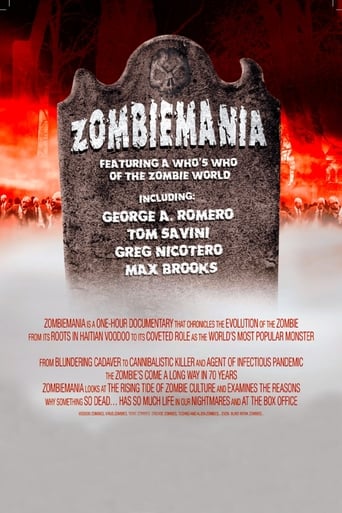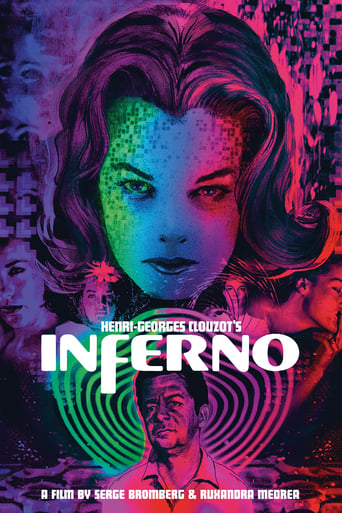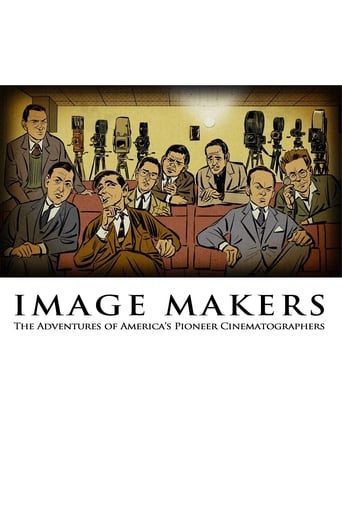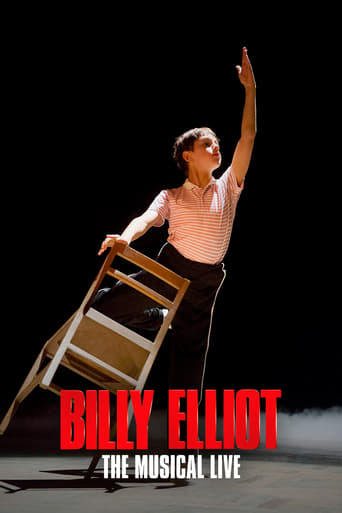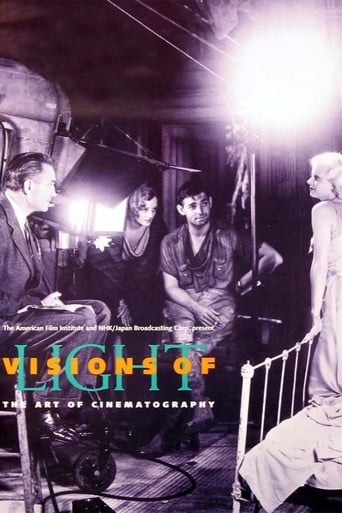
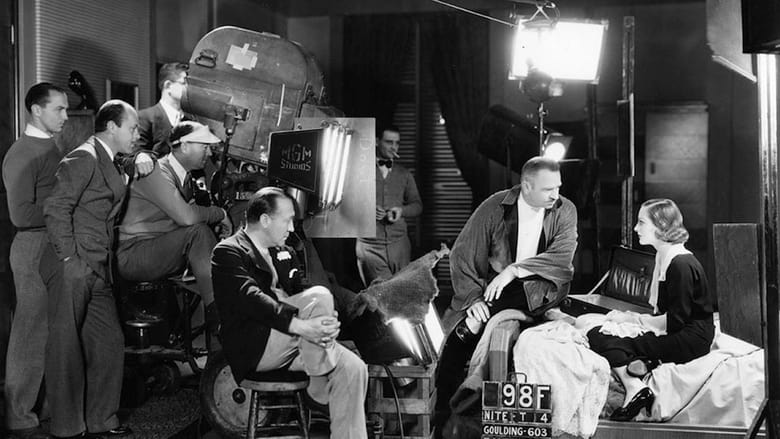
Visions of Light (1992)
Cameramen and women discuss the craft and art of cinematography and of the "DP" (the director of photography), illustrating their points with clips from 100 films, from Birth of a Nation to Do the Right Thing. Themes: the DP tells people where to look; changes in movies (the arrival of sound, color, and wide screens) required creative responses from DPs; and, these artisans constantly invent new equipment and try new things, with wonderful results. The narration takes us through the identifiable studio styles of the 30s, the emergence of noir, the New York look, and the impact of Europeans. Citizen Kane, The Conformist, and Gordon Willis get special attention.
Watch Trailer
Cast
Similar titles
Reviews
Very best movie i ever watch
Crappy film
Beautiful, moving film.
This is a coming of age storyline that you've seen in one form or another for decades. It takes a truly unique voice to make yet another one worth watching.
A documentary about the history and influence of movie photography, featuring many of the most acclaimed and successful cinematographers of the 1960's, 70's and 80's.If you're interested in how a movie is photographed - and all true cinephiles should be - this excellent documentary is a great way to learn, contains a slew of captivating shots from a hundred years of cinema, and captures the comments of some of the very best directors of photography ever to strike a light. It's also a little bit of a time capsule; made just prior to the advent of digital photography and projection it's a glorious celebration of good old soupy celluloid and just what cameras are capable of. It starts at the birth of cinema and moves through the silent era, the restrictions of sound, the experimentation of film noir, the move to colour, the influence of European new wave and the amalgamation of all these elements into modern cinematography. Every single one of the interviewees is intelligent and articulate, but also surprisingly different. They talk about technical effects like diffusion and how to light actors, they talk about symbolism through use of colour and shade, they talk about relationships with directors and with their subject matter, and what they all share is a burning obsession to make whatever they're shooting come alive. Movies, irrespective of their style or genre, should first and foremost be passionate, and cinematography is the key to this. I particularly like Hall's philosophy, whereby accidents and mistakes may have just as much value as the most elegantly composed traditional shot, and there are plenty of humorous anecdotes, such as Fraker's vignette about the telephone in Rosemary's Baby. Movies contain many key elements - music and editing are just as important - but without photography they simply wouldn't exist. It is the most important and integral aspect of any film and the power of great imagery is extraordinary, universal and beautiful. A co-production of the American Film Institute and Japanese broadcaster NHK, this was shown at the 1992 Cannes Film Festival. Director McCarthy was Variety magazine's senior film critic for thirty years from 1979 - 2010, and also made another excellent feature documentary in 1990 called Hollywood Mavericks. This is hard to find (my copy is from an old home videotape from a BBC TV screening) but is available in Europe through the BFI and is well worth tracking down.
In movie documentaries, and in the public's awareness of movies, cinematography rarely gets much attention, however important it may be. Indeed, the public would probably never hear about the craft if not for the academic cover it provides for the Oscars ceremony; putting it in the award lineup gives those silly prizes some more serious technical credibility, as do editing and art direction. Thus when I heard about this obscure documentary, I was impressed that somebody would focus on this topic, and expected a viewing experience that would educate me (an interested film buff who isn't aspiring to be a filmmaker) more about this aspect of film-making. Unfortunately the documentary turns out to be more superficial. I thought "Visions of Light" would be more "illuminating" (pun not intended) and "enlightening" (pun intended).The visual presentation mainly consists of a glut of shots from films over the years parading by in breathless fashion, and amounts to little more than celebratory name-dropping. These shots could've showed up in the context of some other documentary -- about directors, actors, or "great American films", for instance -- and it would've been much the same. Sometimes the montage is pointless. Why look at Quinlan strangle a guy in "Touch of Evil"? Is the cinematography more interesting for this particular shot? And what *did* the cinematographer or "DP" for "Do the Right Thing" do to convey the hottest day of the year through his photography? The documentary never makes this clear, and the clips from the movie become the random scenes of a promotional featurette.What the documentary cares to teach us is not technical enough; the show reiterates that DPs employ light and shadow to construct a shot. Okay, well, I knew that already. We glimpse many DPs chatting with the interviewer about their craft, but often their talking is just anecdotes or "Oh, what an eye-catching scene that old master made!" I wished to learn: What kind of process goes into shooting a scene? What kind of buttons and dials does the cameraman manipulate? Could we have seen some videos or animations of cameras, lights, and other devices in action? Likewise, there is no narrator to flesh out the history and technique of cinematography; we mainly hear the DPs reminiscing.There is only scattered discussion of a few techniques used on a few films. It was intriguing to hear Michael Chapman mention how Paul Schrader's script for "Taxi Driver" was very visual and helpful for guiding his work. I would've liked to hear more about how the DP collaborates with the screenwriter, director, and other filmmakers, not just that Orson Welles was impressed by Gregg Toland, for instance.A few humorous moments include (1) Chapman observing how both he and Martin Scorsese talk rapidly, which made discussing films with each other easier; (2) Gordon Willis making a pompous fool of himself by casually comparing himself to Rembrandt.
Documentary on the art of cinematography, with a handful of revered directors of photography reflecting on their heroes and mentors, on films which inspired them and (selected) projects they've worked on. Despite a lot of smart talk and amusing anecdotes, this project is colorful and entertaining without being especially enlightening (for instance, only Gordon Willis cites a regret--a sequence from "The Godfather Part II"). Some incredible (and Oscar-winning) DP's like Geoffrey Unsworth, Harry Stradling and Peter Bizou are not even invited to the fore, which is disappointing, and the film clips are certainly on the lean side (hardly anything from the 1950s), but what is here is enjoyable, if not intriguing. Financed by the American Film Institute for PBS and Japanese equivalent NHK. **1/2 from ****
This is a great documentary, of interest to any student of film or anyone who wants to deepen their appreciation of movies. The film showcases some great cinematographers (Caleb Deschanel, Conrad Hall, Gregg Toland, etc.) chronologically, giving a brief history of film at the same time -- it interviews the cinematographers at it shows countless clips from all sorts of film. My only complaint is that, despite the work from several foreign cinematographers, the films are mostly American (this doc was made after all by the AFI), and so it skips out some great legendary international films (from Kurosawa, Bergman, etc.) that deserve equal attention.
